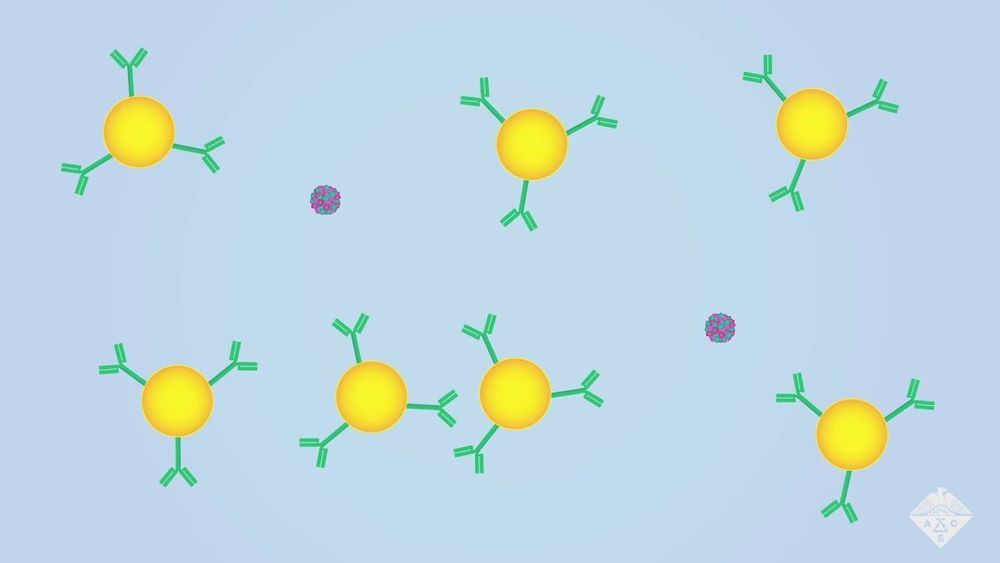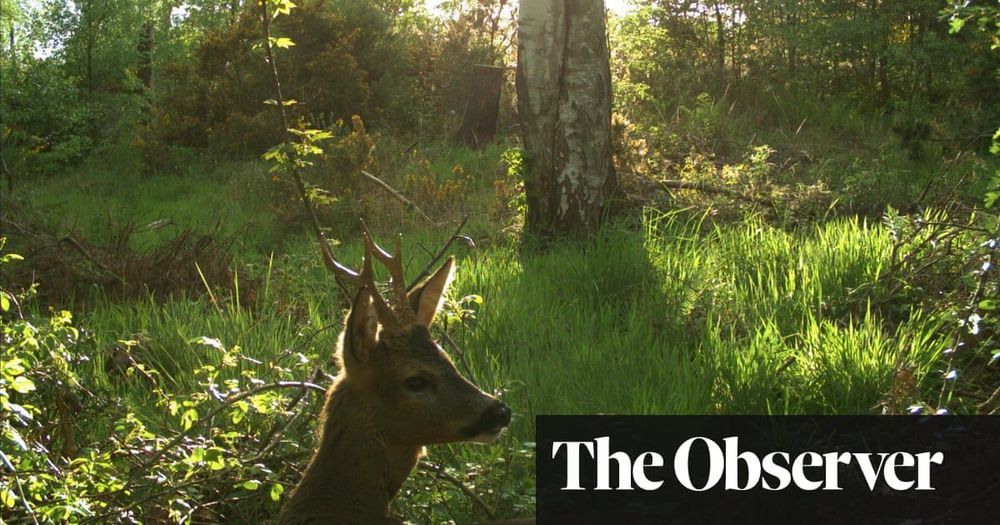Aug 27, 2019
‘Extraordinary’ Breakthroughs In Anti-Aging Research ‘Will Happen Faster Than People Think’
Posted by Montie Adkins in categories: biotech/medical, life extension
How about some life extension optimism to start your day?
People 50 and older have a lot to look forward to, according to Juvenescence’s Greg Bailey—mainly that we won’t be aging as fast or poorly as our parents. “Science fiction has become science,” said the UK-based anti-aging biotech’s CEO about the company’s completing its $100 million Series B round of financing last week. “I think the world is going to be shocked,” he said in an interview. In total, Juvenescence has now raised $165 million in just 18 months to fund longevity projects with the lofty goal of extending human lifespans to 150 years.

















